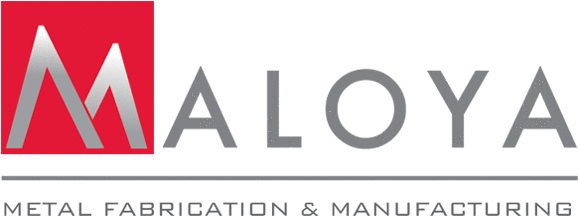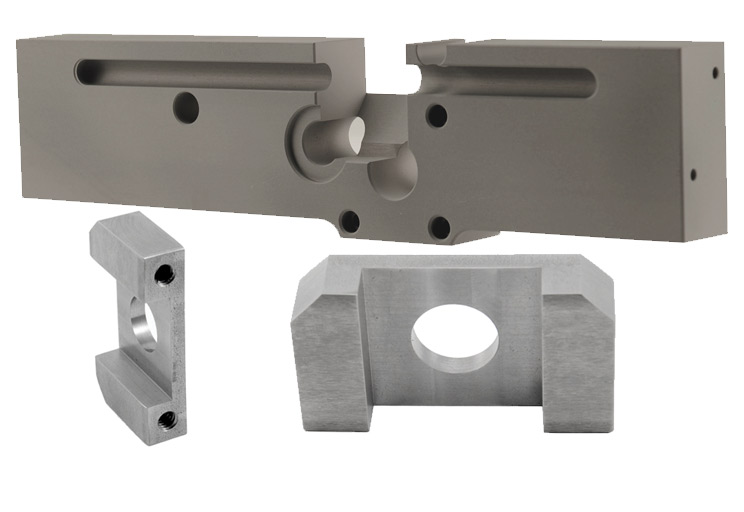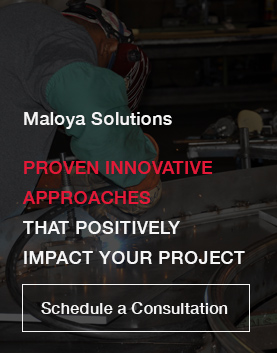What Surface Finishes are Available for CNC Machined Projects?
CNC machining is a digital technology that uses a computer-aided design (CAD) to manufacture a wide variety of part types with a high level of accuracy and superior physical properties.
It is distinct from additive or formative technologies like 3D and injection molding in that it uses material removal methods to fashion the final product.
Once an engineer has drafted a design, chosen a machining method and decided upon materials, she or he may also choose from a number of different surface finish methods including powder coating, bead blasting, anodizing and silk screening.
Is Adding a Surface Finish Always Necessary?
Not always. If your design has extremely tight tolerance requirements, understand that the parts will come with visible tool marks.
When Should Your Design Include a Surface Finish?
While adding a surface finish isn’t always necessary, doing so can change surface features like color, roughness, hardness or chemical resistance.
If your design includes parts that may be seen by the consumer, for example, aesthetics could play an important role, and so things like color and texture are elements that surface finishing can address.
Powder Coating
This surface finish adds a thin layer of polymer paint and is great for functional applications since it offers higher impact resistance than anodizing. It’s also corrosion-resistant which may be a critical element for some designs.
Designers should be aware, powder coating cannot be applied to internal features surfaces, however, and isn’t a good option for smaller parts.
Bead Blasting
If the aesthetic is an important design element, bead blasting can be an excellent choice. It adds a smooth matte or satin surface to a machined part (although it’s important to note, some tool marks may still be visible).
Bead blasting is also a highly cost-effective method for achieving superior design aesthetics.
Anodizing
This surface finishing option is highly versatile in that it offers aesthetically pleasing qualities which, unlike powder coating, can be applied to internal cavities.
However, anodizing can only be applied to aluminum and titanium parts and tends to be more brittle than other methods like powder coating.
Hardcoat Anodizing
This surface treatment is ideal for designs requiring resistance to corrosion and wear, and is suitable for a wide variety of functional applications.
In addition, critical areas can be protected during this surface treatment to preserve tight tolerances.
Like anodizing, hardcoat anodizing has a tendency to be more brittle than powder coating, and is limited to aluminum and titanium designs.
Silk Screening
This low-cost finish allows designers to include things like logos or text on a flat surface of a machined part.
While it can be used in tandem with other finishing types, it does not offer qualities like corrosion resistance and is used for aesthetic purposes only.
Working With Experts
From material selection to surface finishing options, Maloya utilizes the latest technology combined with an expertise in Design/Build concepts to meet demanding project requirements with cost-effective solutions in mind. Our experts can help you choose the surface finish that best suits your design requirements.
Serving a number of diverse industries, we believe a rewarding business relationship begins with understanding our customer’s needs and partnering with them to deliver maximum results.
We welcome you to visit our facility for a face to face meeting and a guided tour!



.png?width=80&name=Untitled%20design%20(37).png)






